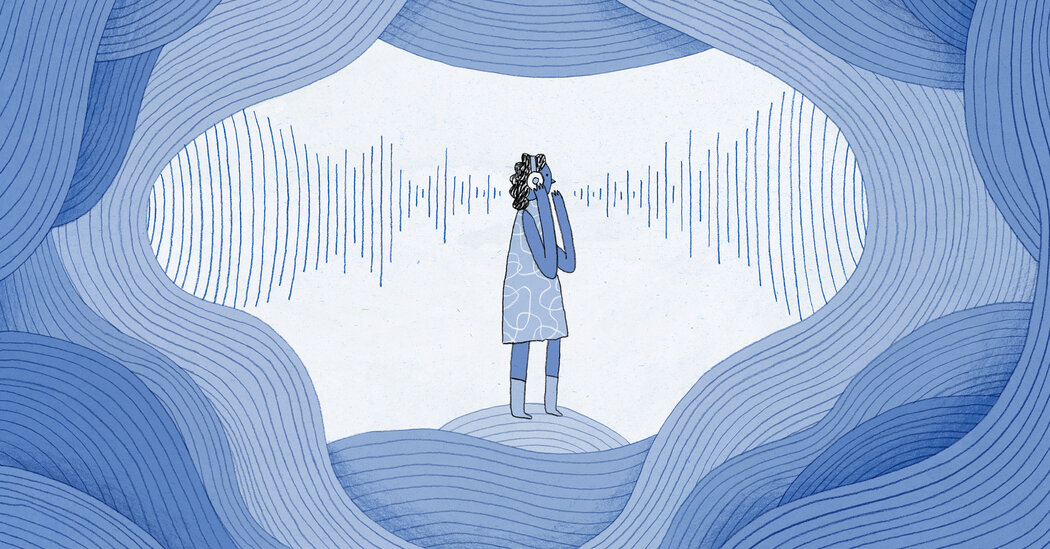
On my spouse Eli’s 27th birthday last year, I sat in a hotel room in Montreal — seeking refuge from a conference happy hour — scrolling through old photos and videos of us on my phone. I had looked at these photos and videos hundreds of times in the nearly two years since Eli had died in a hiking accident. Now I’d passed an inflection point in my camera roll where I had more photos without Eli than photos with Eli.
And that imbalance would only grow. There would never be a new photo or video of him to add to my archive. Eli remained static, trapped in the pixels of the past, while all the vibrant life around me continued to be photographed and documented.
The most unbearable and disorienting part of grief is its finality. There will never be another conversation, shared laugh, goofy photo or knowing glance across the chaotic Thanksgiving table.
I closed the photo app, feeling an impulse to create something new with Eli. I called his phone number. The line trilled until an automated message interrupted the ringing to inform me that his voice mail was full. Even the simple phrase, “You’ve reached Eli, leave a message,” was suddenly out of reach, despite the monthly payments I continued to make to the phone company.
I tossed my phone on the bed and opened my computer.
The further away Eli felt, the more I wanted to pull him back to earth, back to life, back to me. I was desperate for Eli to be 27, for my sake and his. Because don’t we all deserve to age?
It was a desperation unlike any other, a feeling that reminds me that humans are animals because in the throes of excruciating grief I am reduced to my survival instincts, numb to other sensations and immune to societal expectations.






